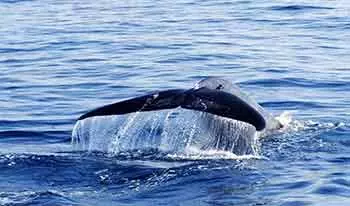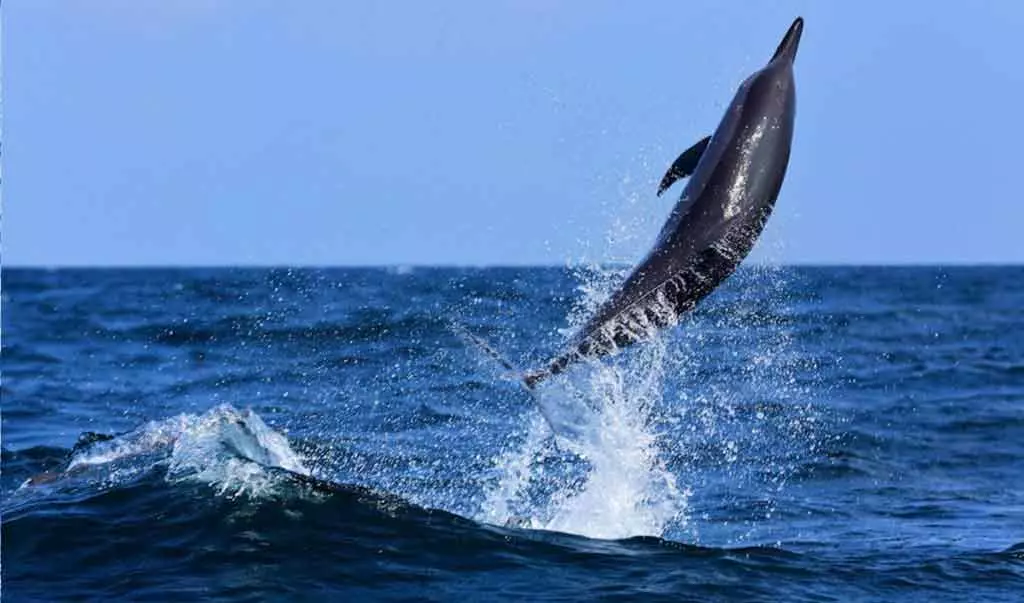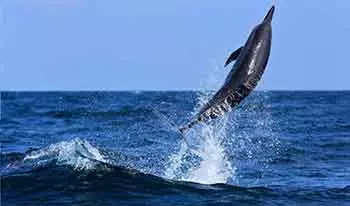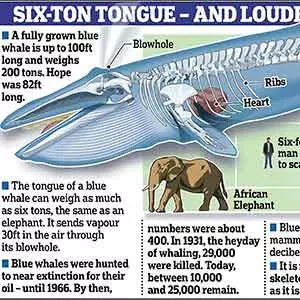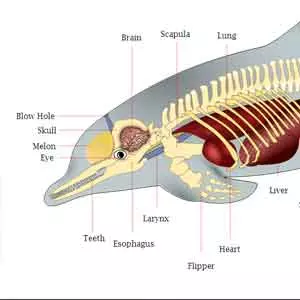Whale and Dolphin watching Sri Lanka
The recent discovery of the vast gathering of whales up to 300, is one good reason to do whale watching in Sri Lanka, below this web page you can watch a BBC documentary about whale gathering. Sri Lanka is also a popular destination for Dolphin watching excursions all around the year. The Best place to do whale watching in Sri Lanka is Mirissa because it is close to Dondra Point there is a resident blue whale colony in their natural habitat so you defiantly see whales. Apart from Mirissa, you can do whale watching in Kalpitya and Trincomalee as well...
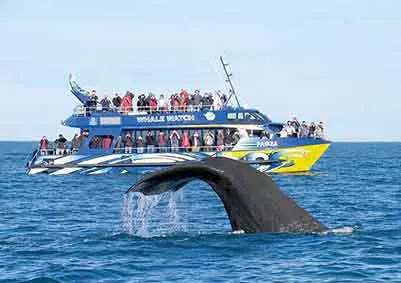
What to expect, during Whale Watching
In these sailing excursions, you can see Blue whales, Sperm whales, Fin whales, Bryde´s whales, sometimes Killer whales, and lots of dolphin Species, including Risso's dolphins Bottlenose dolphins, Striped dolphins, and Spinner dolphins. Sometimes you can see reptiles and various fish species, for example, flying fish and Bluefin tuna.
Dolphin watching sri lanka
Sri Lanka is also a great place to watch dolphins, you can watch this highly intelligent creature in their natural habitat. Dolphins swimming, and diving alongside you in perfect synchronization, is a truly joyful and magnificent view you must watch. If you visit the Kalpitiya area from November to March/April. You will witness pods of up to thousands of dolphins, playing and doing their acrobatic things.

